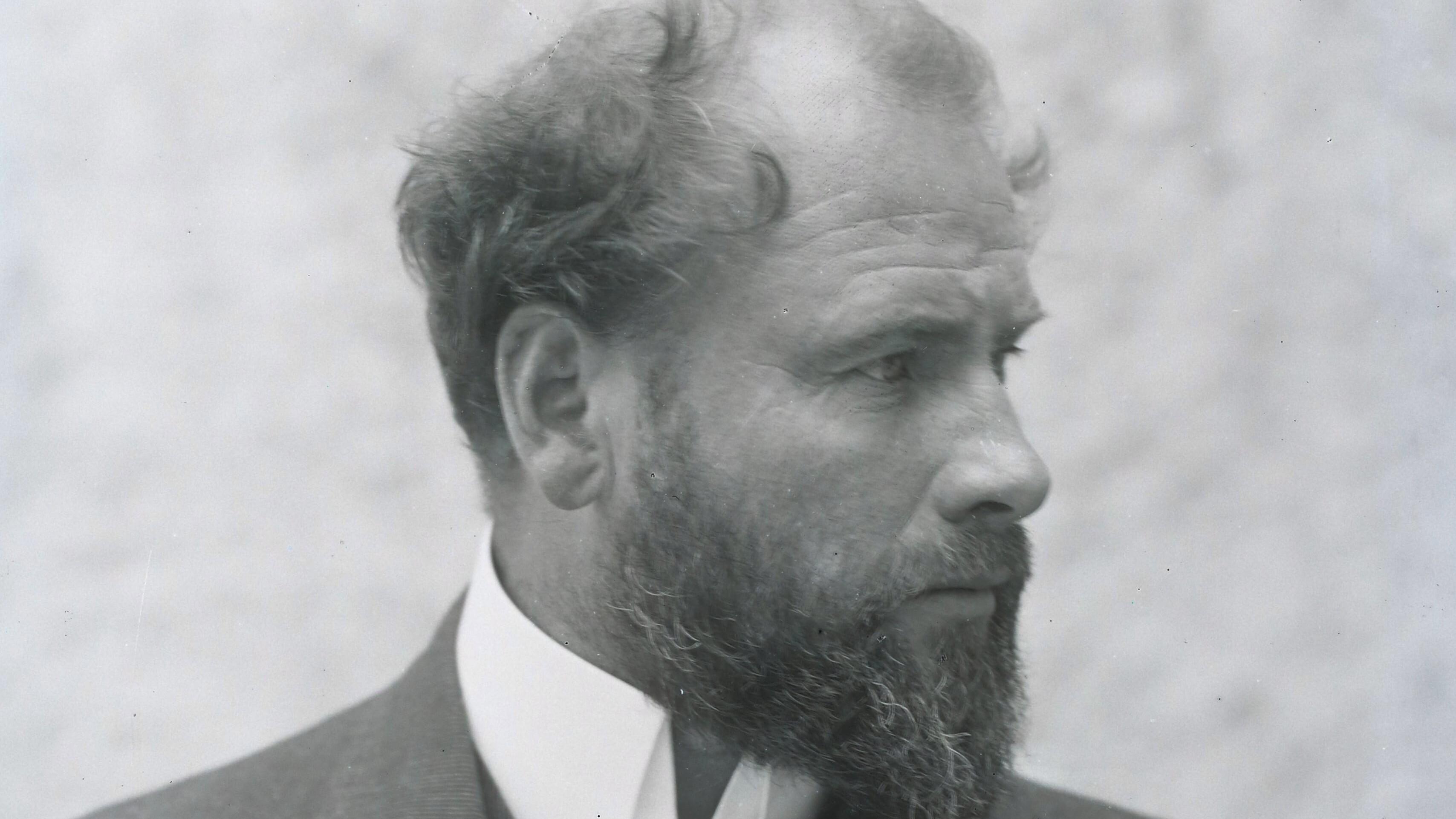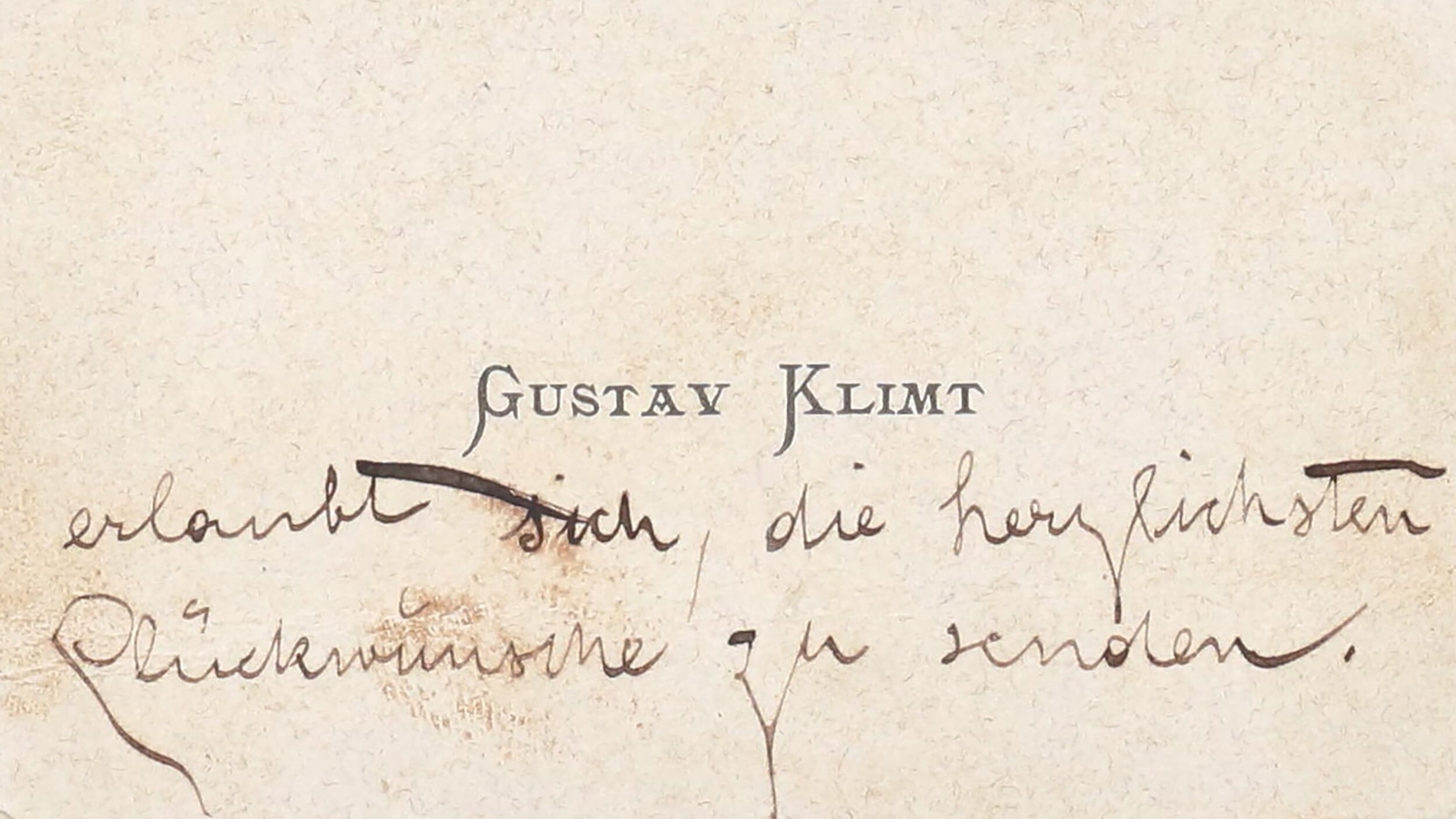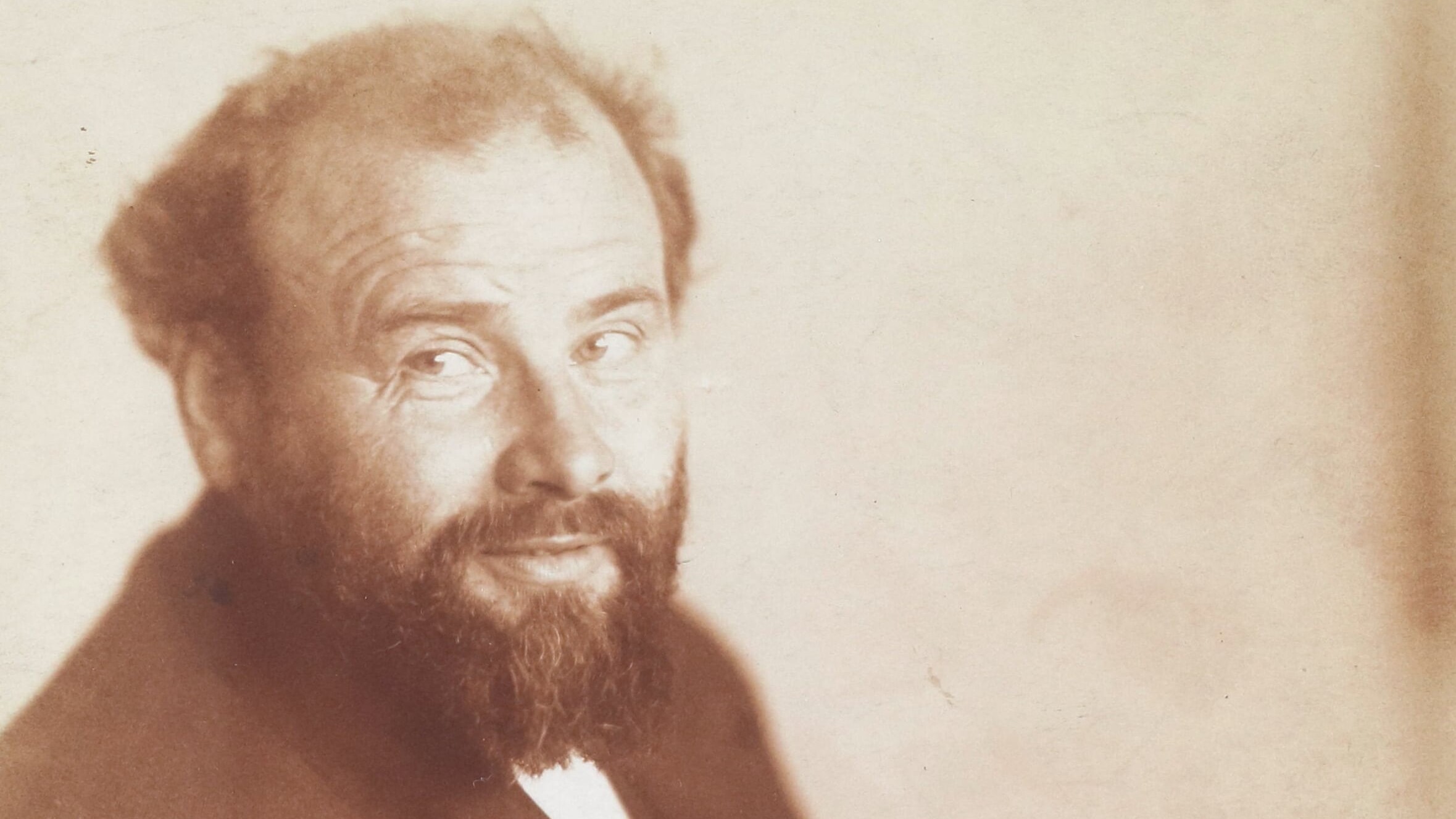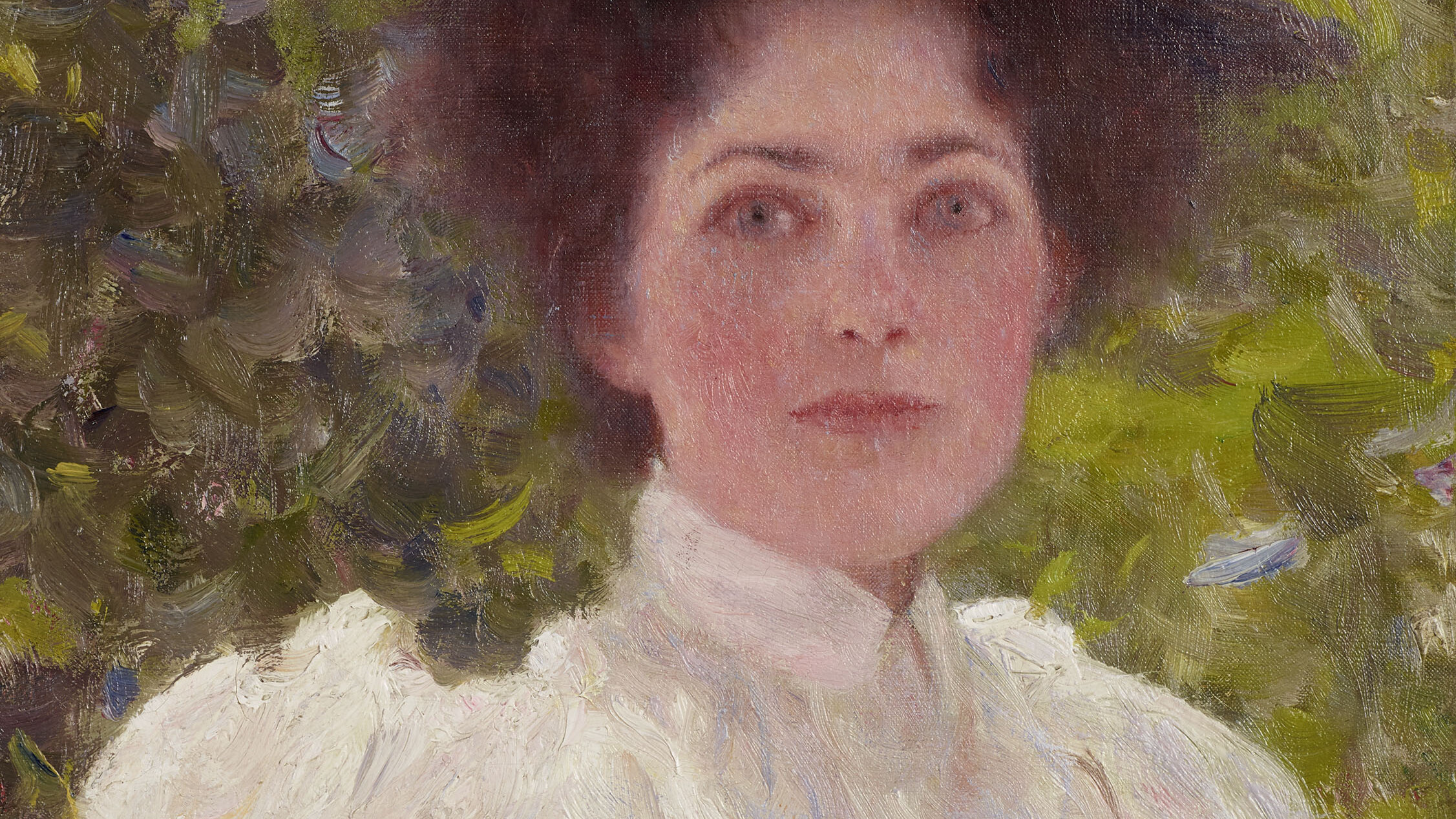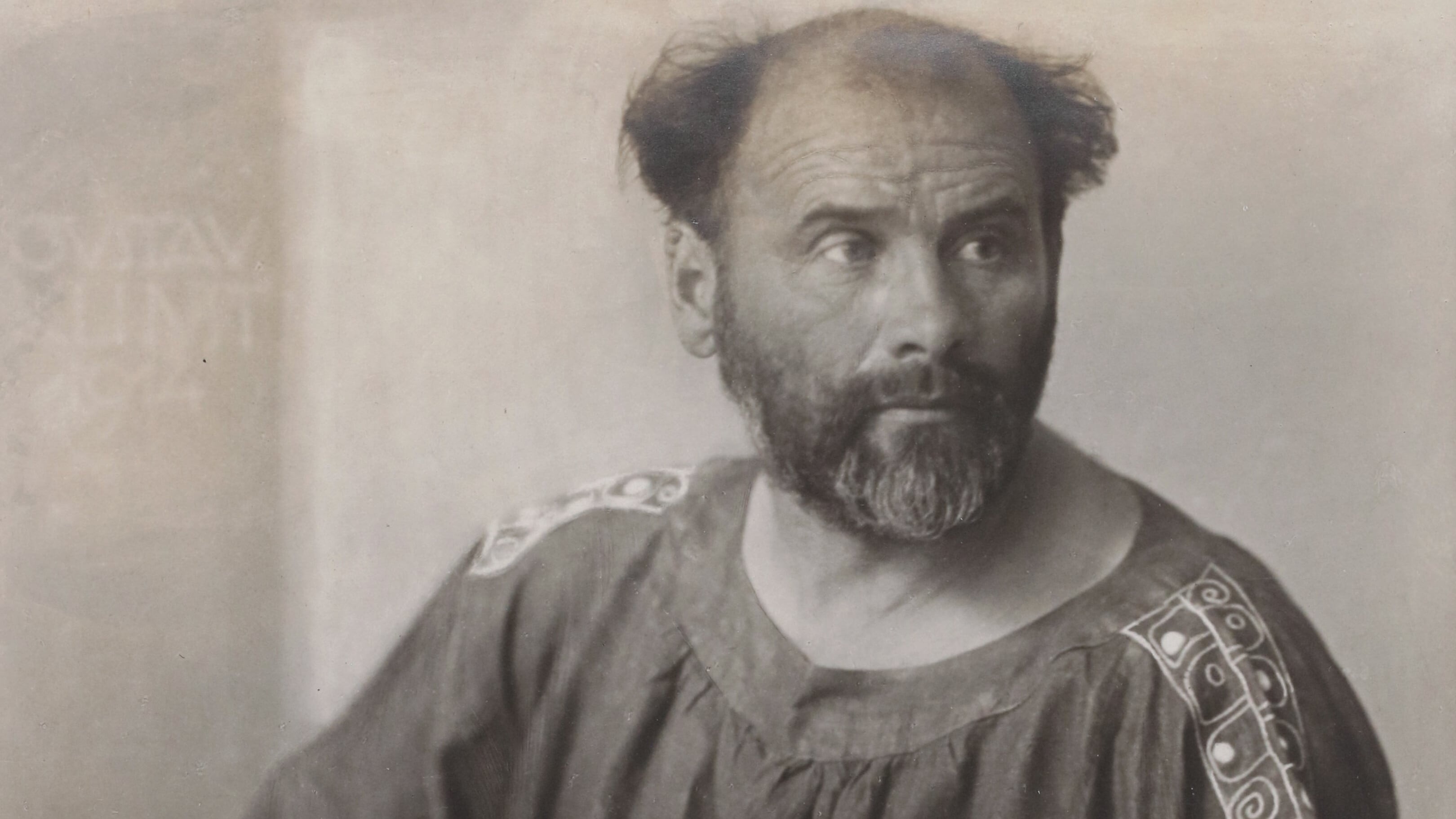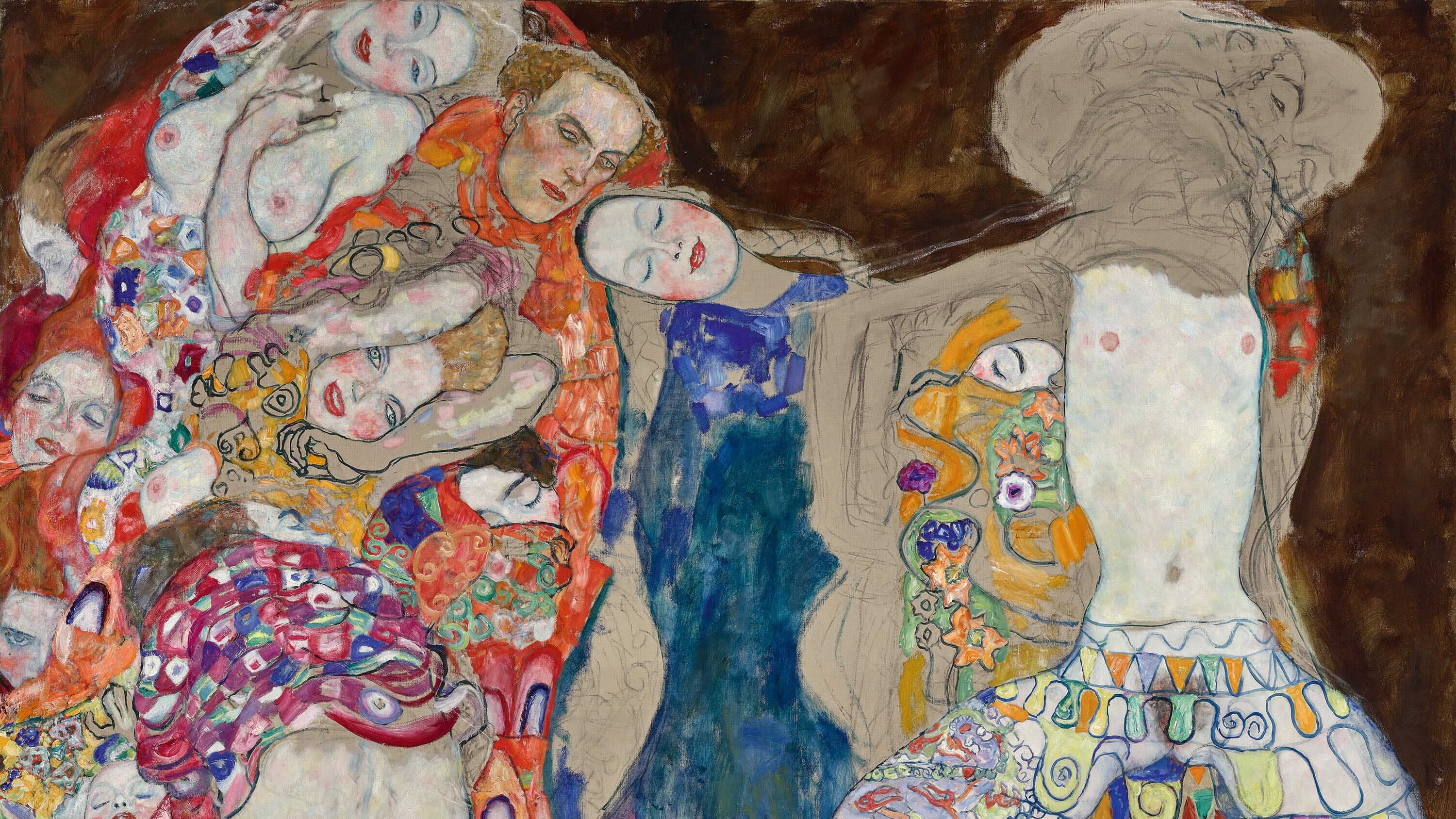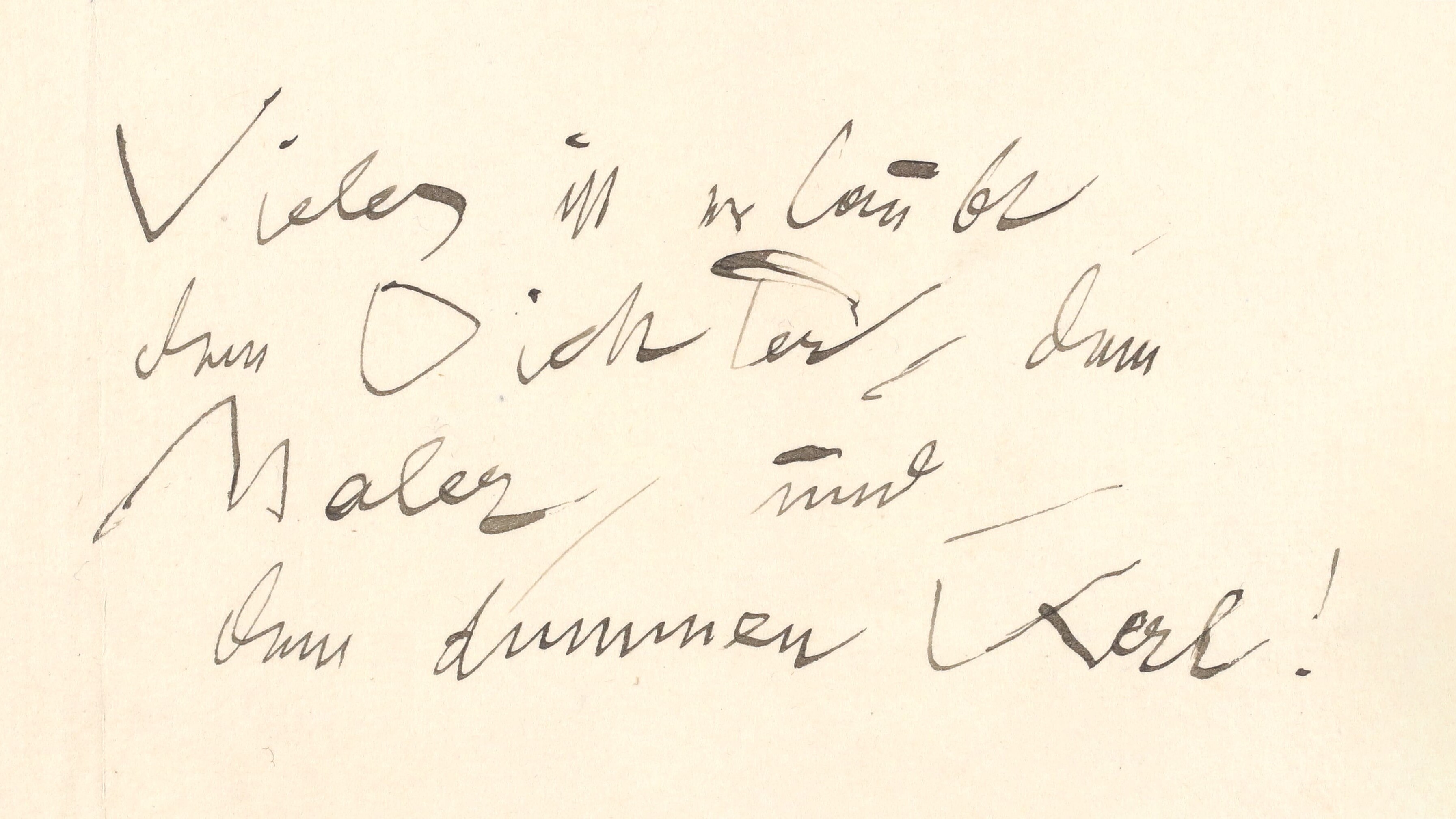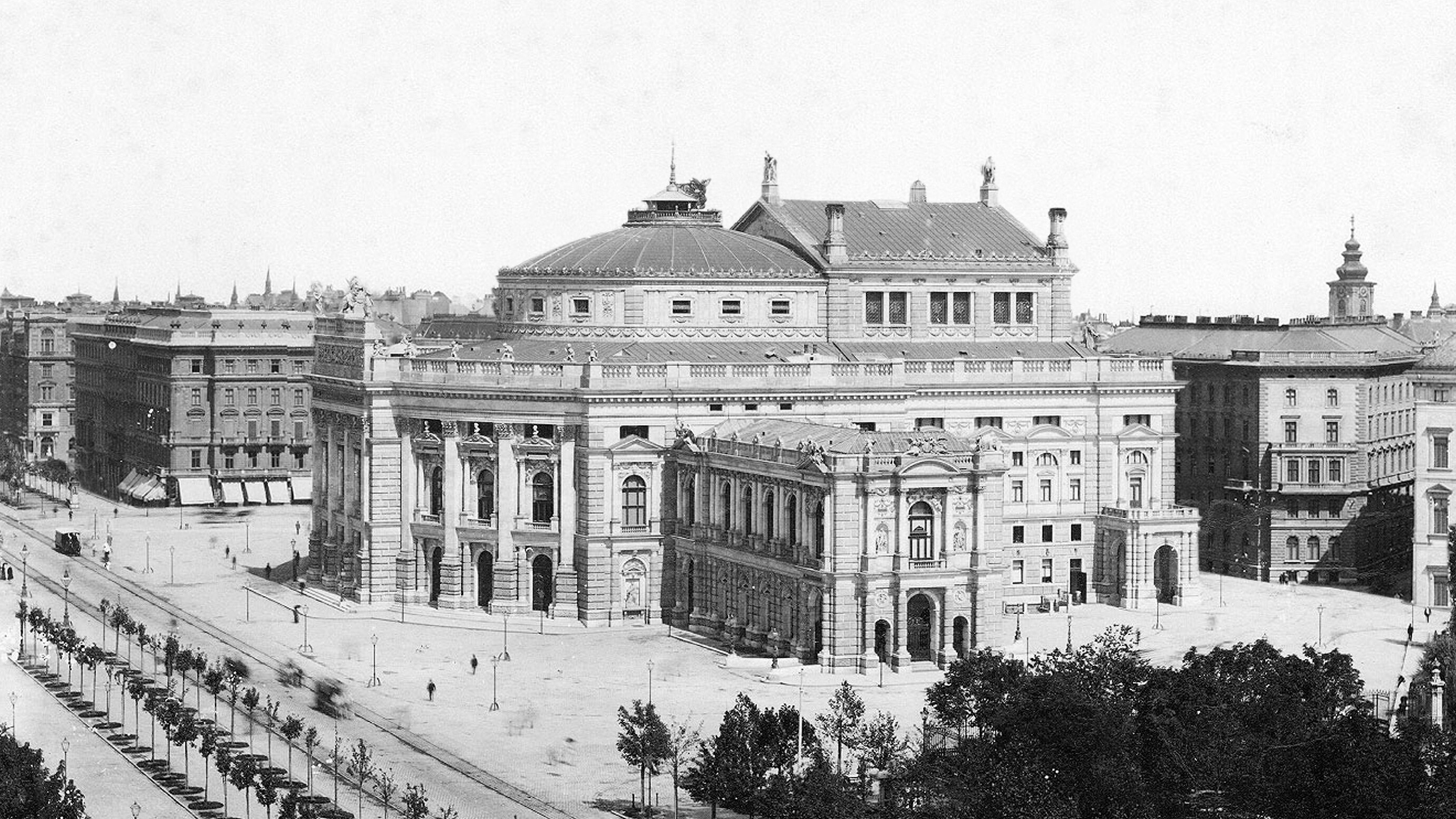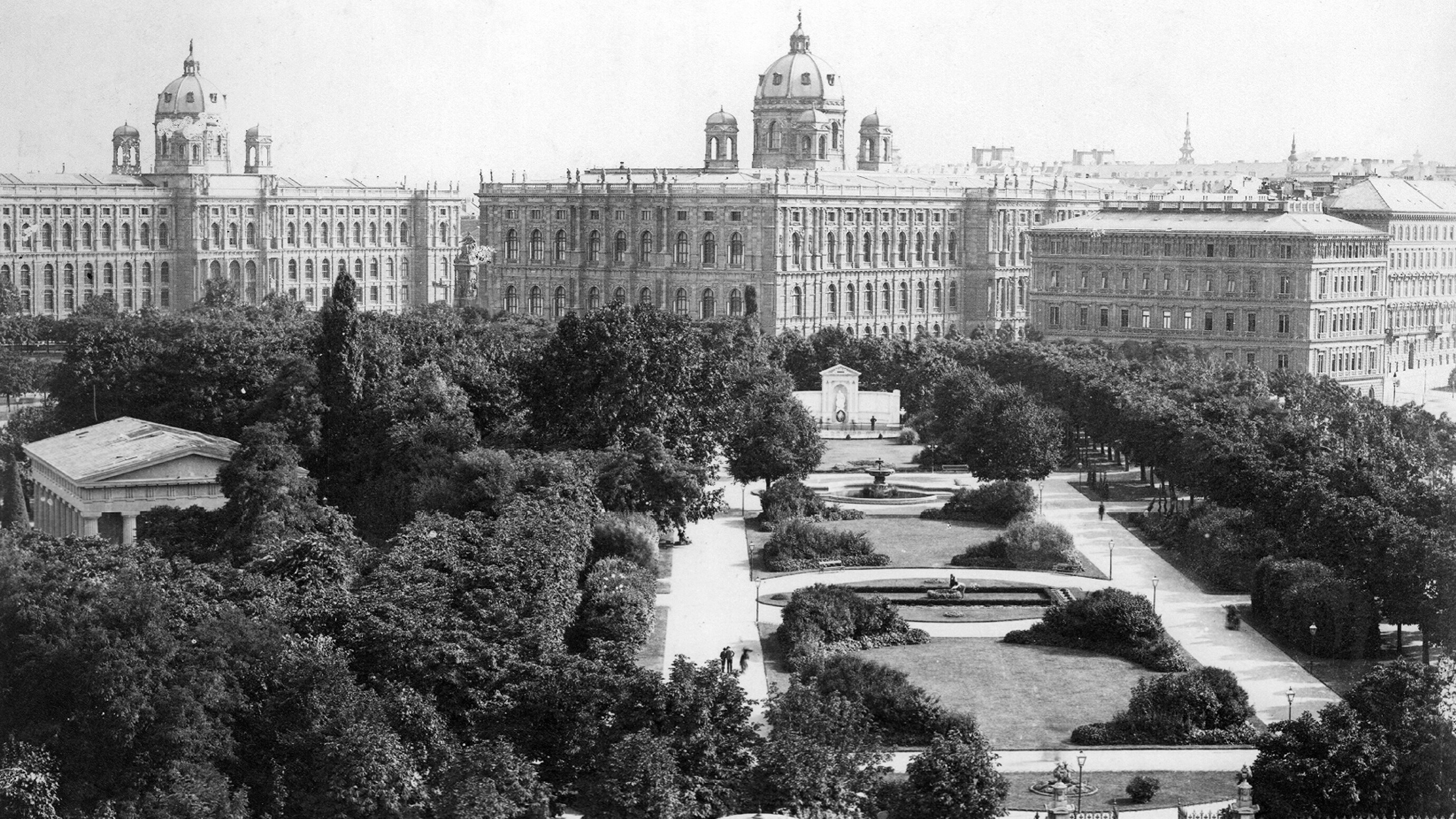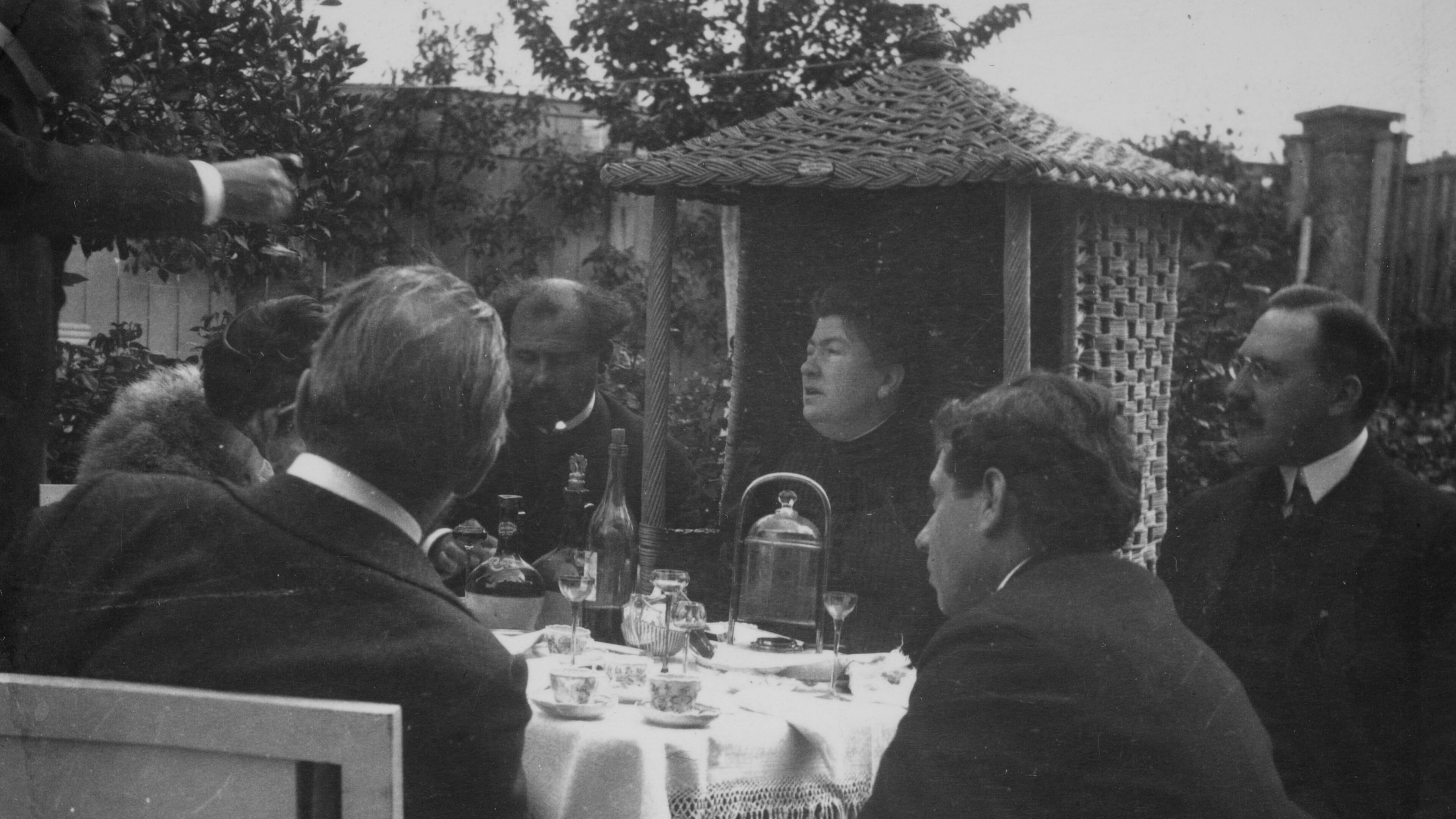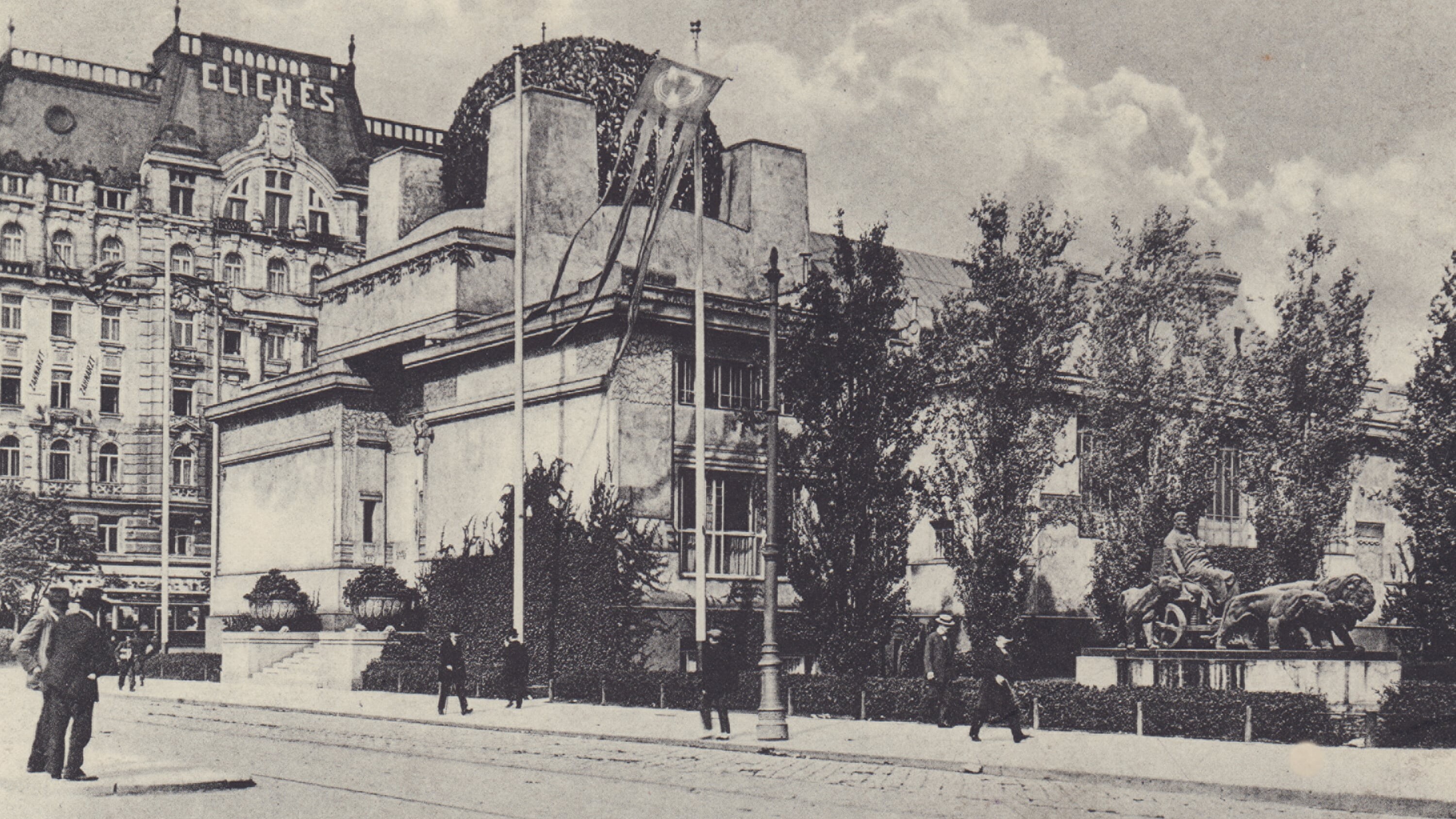Gustav Klimt stands for the "Vienna 1900" era, which continues to fascinate and resonate to this day. At the turn of the 19th and 20th centuries, the center of the Habsburg monarchy saw a concentration of top achievements in the fields of art, culture and science. This world of Viennese Modernism is presented online in the Gustav Klimt database.
In addition to the → WORK of the painting genius, Klimt's private and public life is made visible in the socio-political → NETWORK of this dynamic period. In addition, with the extensive → RESEARCH PLATFORM, which focuses on directories of Klimt's paintings, photographs, autographs and exhibitions, the database has a research tool in which the holdings of the Klimt Foundation and its project partners are scientifically processed.
Insights into the database
News
-
11/03/2025
Events
Auf Freiheit zugeschnitten
 The novel biography Auf Freiheit zugeschnitten by German author Margret Greiner, adapted for the stage by theater director Sarantos G. Zervoulakos and dramaturge Miriam V. Lesch, tells the story of the emancipation of Emilie Flöge—an exceptional artist, entrepreneur, and partner of Gustav Klimt—and at the same time provides a micrograph of the social and artistic movements in Vienna, a city on the cusp of modernity. A city that no longer exists today.
The novel biography Auf Freiheit zugeschnitten by German author Margret Greiner, adapted for the stage by theater director Sarantos G. Zervoulakos and dramaturge Miriam V. Lesch, tells the story of the emancipation of Emilie Flöge—an exceptional artist, entrepreneur, and partner of Gustav Klimt—and at the same time provides a micrograph of the social and artistic movements in Vienna, a city on the cusp of modernity. A city that no longer exists today. -
09/26/2025
Exhibitions
Gallen-Kallela, Klimt & Wien
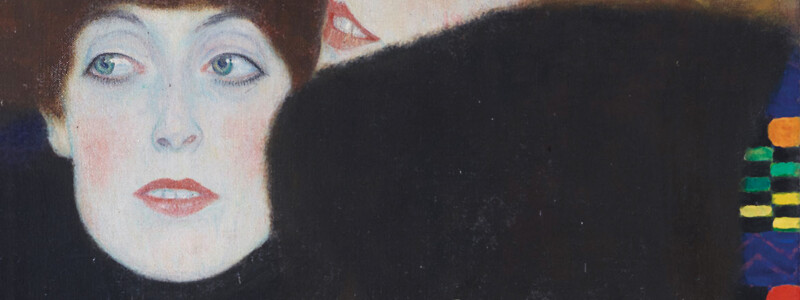 The Ateneum Art Museum is dedicating its current exhibition to Finnish artist Akseli Gallen-Kallela and is examining various influences on his art. A particular focus is on the Vienna Secession and especially on Gustav Klimt and Kolo Moser. For the first time, the show brings paintings by Klimt to Finland, including Friends I (The Sisters) from the Klimt Foundation collection.
The Ateneum Art Museum is dedicating its current exhibition to Finnish artist Akseli Gallen-Kallela and is examining various influences on his art. A particular focus is on the Vienna Secession and especially on Gustav Klimt and Kolo Moser. For the first time, the show brings paintings by Klimt to Finland, including Friends I (The Sisters) from the Klimt Foundation collection. -
09/19/2025
Klimt News
Klimt paintings from the Leonard A. Lauder Collection
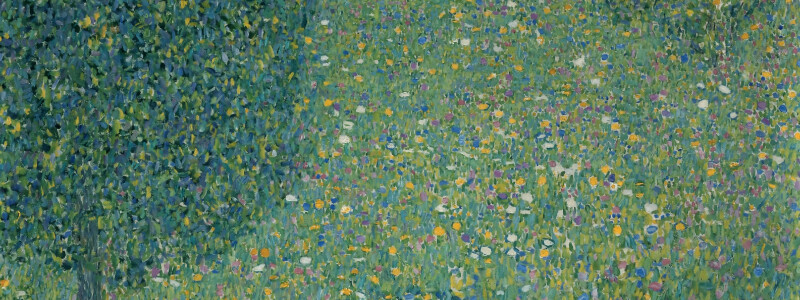 American entrepreneur and art collector Leonard A. Lauder, who passed away in June 2025, began building his own art collection at an early age. He was particularly interested in Cubism, with artists such as Pablo Picasso, Georges Braque, and Juan Gris. His collection also included three Klimt paintings, which are now to be auctioned together with other works of art at Sotheby's New York on November 18, 2025.
American entrepreneur and art collector Leonard A. Lauder, who passed away in June 2025, began building his own art collection at an early age. He was particularly interested in Cubism, with artists such as Pablo Picasso, Georges Braque, and Juan Gris. His collection also included three Klimt paintings, which are now to be auctioned together with other works of art at Sotheby's New York on November 18, 2025.


